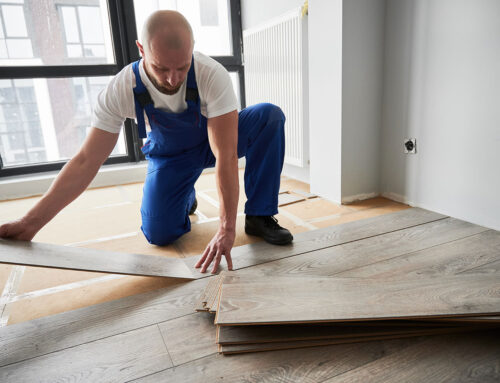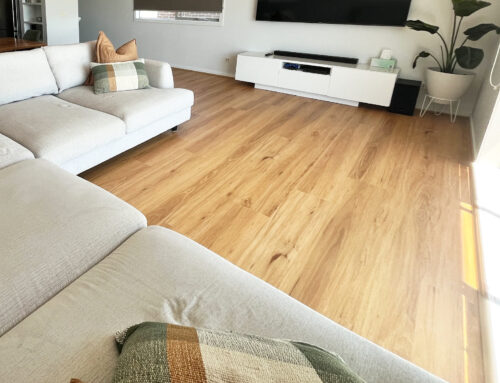While installing flooring yourself can be a rewarding DIY project, there are several potential disadvantages to consider:
Skill and Experience: Proper installation requires a certain level of skill and experience. Mistakes can lead to gaps, uneven surfaces, or damage to the flooring.
Time-Consuming: DIY installation can be very time-consuming, especially if you’re not familiar with the process. Preparing the subfloor, cutting planks to fit, and ensuring everything is level can take longer than expected.
Tools and Equipment: You may need to purchase or rent specific tools and equipment, such as saws, spacers, and tapping blocks. This can blow-out the overall cost and could potentially be more costly than hiring a professional installer.
Subfloor Preparation: Ensuring the subfloor is perfectly level is crucial. Any imperfections can cause the floating floor to feel uneven or lift, leading to long-term issues.
Noise and Comfort: Floating floors can sometimes feel hollow and be noisy underfoot compared to glued or nailed-down floors. This can be reduced with high-quality underlay.
Limited Refinishing: Unlike solid hardwood floors, laminate floors cannot be sanded and refinished. If they get damaged, you may need to replace entire sections.
Potential for Mistakes: Incorrect installation can lead to issues such as buckling, warping, or gaps between planks. This can affect the longevity and appearance of your floor.
If you decide to go ahead with the DIY route, make sure to thoroughly research the process and consider watching tutorial videos to guide you through each step. But Peninsula Flooring Direct would thoroughly recommend you get a professional installer for a perfect finish and many years enjoying your timber floor.
Peninsula Flooring Direct have been installing quality Timber and Laminate flooring in homes all over Melbourne and the Mornington Peninsula for over 30 years. Have a look at our reviews to see how happy our customers are with the results.






